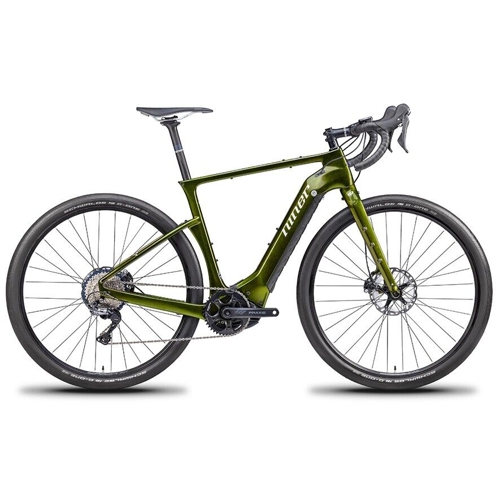Bicycle Derailleur
One of the most crucial components of your bike are the front and rear derailleurs, and the parts that go with them allow you to shift gears when riding along trails or on the road. When working properly, the derailleurs function as a seamless extension of your fingers, effortlessly and quickly moving the chain up or down in the cassette gears or chainrings. However, if they are not properly adjusted (or in case they become damaged) derailleurs could become an unending source of frustration and noise. They can also cause shifts that are not made and even dropped or broken chains.
Sale!
Original price was: 5.800,00 €.4.785,00 €Current price is: 4.785,00 €.
Front and rear derailleurs
Modern derailleurs usually have a chain guide that is controlled by electric motors or cables connected via wires, cables. or wireless technology, to a mobile device controlled by user input. When the user engages the derailleur, the chain guide moves up and to the left or right, "derailing" the chain to a different chainring on the cassette or sprocket.
Modern mountain bikes are not equipped with a front derailleur. Instead, they use only a single chainring with a wide-range cassette for sufficient chainring. However, most bikes with drop bars (road gravel, road, and cyclocross) generally still use a front derailleur, although LX configurations are starting to pop up more in this area as well.
Most rear derailleurs have the same basic structure, with 2 pivots (upper and lower) together with a cage and two pulleys that allow the chain to pass through. The rear derailleur attaches to the frame via derailleur hooks, while front derailleurs are connected via direct mounting or clamp. Shifters can pull a cable that moves the derailleur or, in the case of electronic transmissions, connect to the derailleur electronically via wireless or cables.
The rear derailleur actually performs two roles; it is able to move the chain up and down on the cassette in addition to making up for chain play, which is especially noticeable with the chain located in a tiny chainring in the rear or in a smaller chainring at the front. Important components in the rear derailleur include the tension-adjustment guide pulleys b, pivot tie rods, and the lower and upper limit screws, which, when properly adjusted, prevent the chain from moving into the frame or wheel.
Simpler in appearance and function The front derailleur is designed to move the chain from side to side, separating the crowns. Similar to the shifter, it also has a cage on which the chain travels. If adjusted correctly, it can only be on the side of the cage being moved. Also, like the rear derailleur, the front has two limit screws that prevent the chain from sliding in or out of the crowns.
Both of these essential parts are constructed primarily of aluminum, however titanium, carbon fiber, and steel can also be used. Selecting the correct rear and front derailleurs requires many considerations, such as ratio range and drivetrain compatibility, and may require an extended or short rear derailleur cage.


